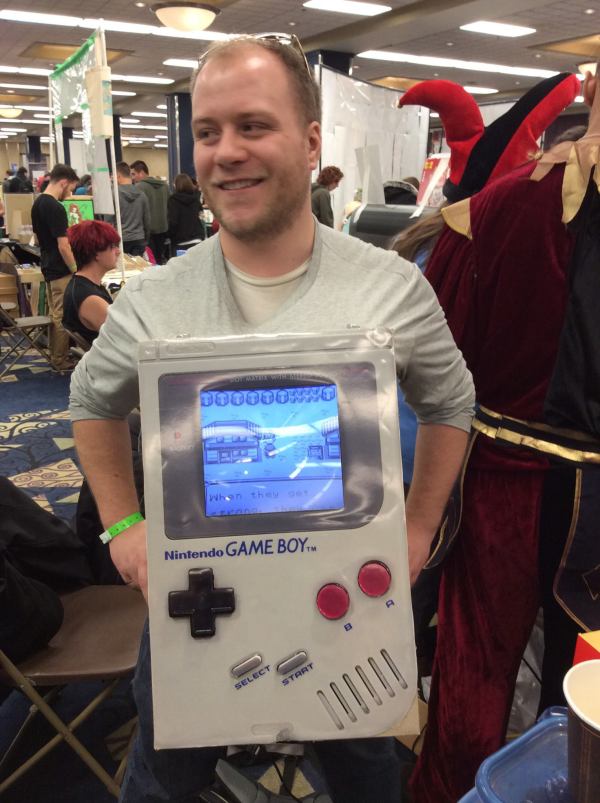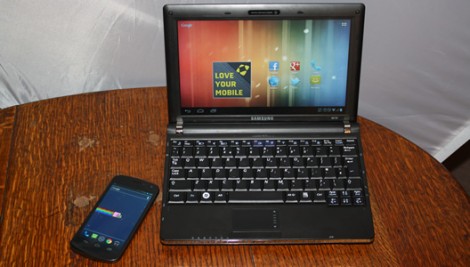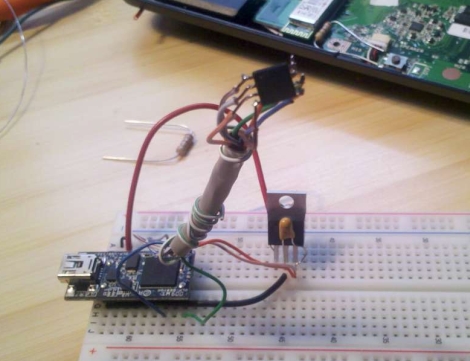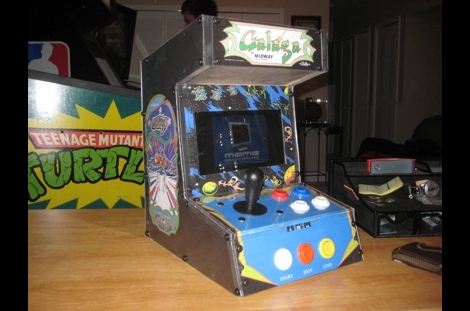A few years ago, [localroger] found some incredible hardware on sale: a very tiny laptop with a seven-inch screen, full keyboard, trackpad, Ethernet, WiFi, USB (with support for a lot of HID devices), and a battery that would last hours. They were on sale for $30 USD, and [localroger] bought four of them. A great deal, you say? These machines ran Windows CE. No, owning a WinCE device is not the Fail of the Week.
Figuring he should do something with these machines, [roger] thought, ‘a clock will do’, and began to figure out how to program or write an app for these things. These tiny netbooks did come with a programming language, JavaScript, in the form of the built-in IE6 web browser. This was actually a really, really good solution – WinCE apps formatted for portrait displays just didn’t work with the ‘widescreen’ laptop, and a hand-coded HTML table is probably the best solution anyone could have hoped for.
These machines – [roger] used three of them over the years as alarm clocks – did their job well, even if NTP had been left out of the OS image. The real fail here comes from buying a $30 WinCE netbook, and using it for something as mission critical as an alarm clock. The displays burned in, the batteries began puffing up, one unit somehow wouldn’t allow IE to run (probably a bad Flash chip), and the trackpad in another one sent the cursor on a random walk. You get what you pay for.
These WinCE netbooks have finally been put out to pasture, hopefully the same one laser printers go to. It’s all for the best, though; [roger] made a much better alarm clock with Nixies.
 Fail of the Week is a Hackaday column which runs every now and again. Help keep the fun rolling by writing about your past failures and sending us a link to the story — or sending in links to fail write ups you find in your Internet travels.
Fail of the Week is a Hackaday column which runs every now and again. Help keep the fun rolling by writing about your past failures and sending us a link to the story — or sending in links to fail write ups you find in your Internet travels.

















